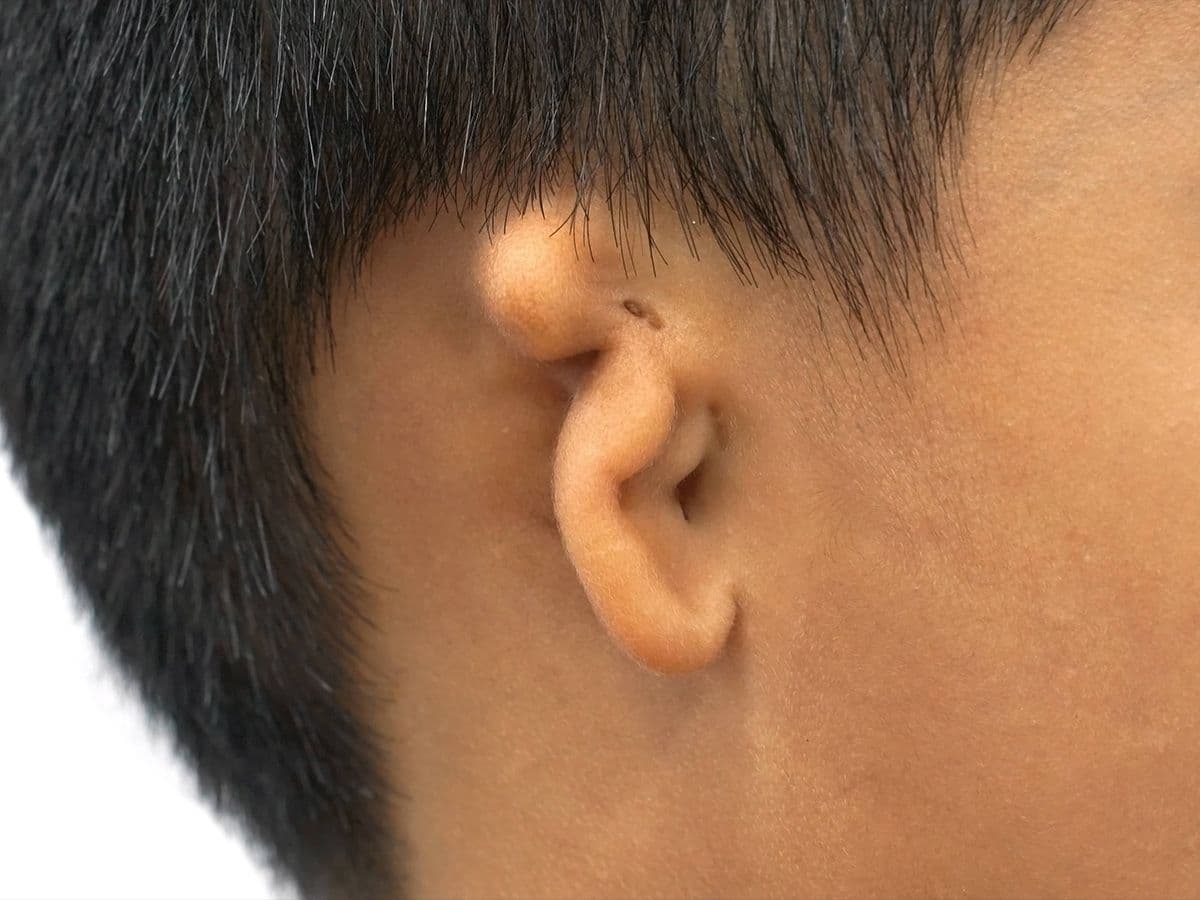
Introduce the Expert

Assoc. Prof. Dr. Nguyen Hong Ha is the Chief of the Department of Plastic and Aesthetic Surgery at Vietnam-Germany Friendship Hospital in Hanoi, Vietnam. A highly esteemed figure in the field of plastic and reconstructive surgery, Dr. Ha is renowned for his expertise in both clinical practice and pioneering research.
After training under the mentorship of Professor John Reinisch and mastering Medpor's technique, Dr. Ha has successfully performed numerous ear reconstruction surgeries in Vietnam using the Omnipore plastic frame. Since 2017, he has led innovative procedures at the Vietnam-Germany Hospital, helping to advance the field of reconstructive surgery in the region.
One of Dr. Ha's most significant contributions to the field is the development of the "Superficial Temporal Artery Anatomical Classification," a groundbreaking advancement in reconstructive surgery for microtia. This classification, which his team pioneered after years of research, has revolutionized the way congenital ear deformities are surgically addressed, offering new possibilities for children suffering from microtia.
Dr. Ha's academic journey began at Hanoi Medical University, followed by a master's degree in plastic surgery. He further honed his skills with five years of specialized training in plastic and aesthetic surgery in France, earning a diploma from the French College of Plastic Reconstructive & Aesthetic Surgery. He continued to expand his expertise with the craniofacial surgery fellowship at Chelsea and Westminster Hospital, London, and clinical roles at Yale University.
Dr. Ha's global expertise is also reflected in prestigious visiting professor positions at Mayo Clinic, and the University Hospital of Genève. In October 2024, he became a member of the Royal College of Surgeons association of England and is frequently invited to lecture at leading institutions worldwide, including in the UK, UAE, USA, and Korea.
In addition to his clinical and research achievements, Dr. Ha holds several distinguished positions, including Vice President of the Vietnamese Society of Aesthetic Plastic Surgery (VSAPS) and Chairman of the Department of Craniofacial and Aesthetic Surgery at the University of Medicine & Pharmacy.
Widely regarded as one of Vietnam’s leading experts in plastic aesthetics, Dr. Ha continues to make significant contributions to the advancement of reconstructive and aesthetic surgery, both nationally and internationally.
Highlight Services
Compassionate Care And Attention To Detail
Anna L., Australia
Alyssa Clemons
C. Joseph
Zaira Valenciano
News
About HIBC
Phauthuathammy.vn is a specialized platform on plastic and aesthetic surgery, built with the mission of spreading accurate, evidence-based medical knowledge and raising public awareness about safe and scientific aesthetics. The website not only provides reliable information to the public but also serves as a bridge for training and developing young doctors with high skills, strong ethics, and a commitment to putting patients’ health first.
Founder – Assoc. Prof. Dr. Nguyen Hong Ha
As one of Vietnam’s leading experts in plastic and aesthetic surgery, Dr. Nguyen Hong Ha has over 20 years of experience, thousands of successful surgeries, and the trust of both domestic and international clients. He is not only a model medical educator but also an inspiration for safe and sustainable beauty practices.
Key areas of expertise:
- Advanced aesthetic surgery techniques: endoscopic breast augmentation, abdominoplasty, buttock contouring, and reconstruction of external genitalia.
- Facial plastic surgery: structural rhinoplasty, eyelid surgery, maxillofacial contouring, V-line chin augmentation, and endoscopic facelifts — delivering harmonious, natural enhancements tailored to each individual.
- Reconstructive surgery for congenital deformities: treatment of cleft lip and palate, microtia, protruding ears, craniofacial clefts — helping patients achieve healthy, functional, and socially integrated lives.
- Non-invasive aesthetic procedures: application of advanced technologies such as filler and Botox injections, laser treatments — ensuring high aesthetic results without surgery.
Phauthuathammy.vn is committed to providing transparent, accurate information and to accompanying the community on the journey toward safe, medically sound, and human-centered beauty.









